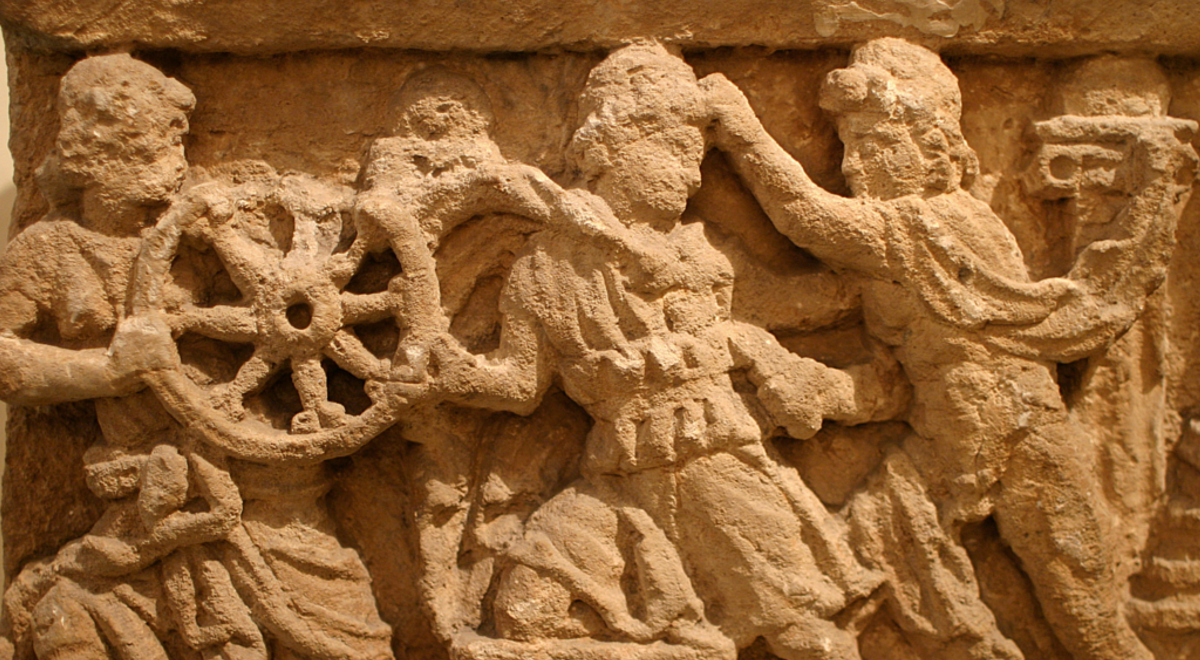The Etruscan civilization, which flourished during the Iron Age in central Italy, has interested scholars for thousands of years. Their outstanding metallurgical skills and the now defunct non-Indo-European language made the Etruscans stand out from their neighbors. Genetic examination has made it possible to unravel the mystery of their origin.
The study was carried out by an international team of scientists from the Max Planck Institute based on a genome extracted from 82 ancient human remains from 12 archaeological sites in central and southern Italy. These people lived from about 800 BC. to 1000 AD
Research results show that the Etruscans, despite their unique culture, were closely associated with their Italian neighbors.
Solving the mystery
Because the Etruscans used an extinct language that is now only partially understood by scholars, much of what was originally known about the Etruscan civilization is derived from the commentaries of later Greek and Roman authors. One of the hypotheses about their origin, proposed by Herodotus, points to the influence of ancient Greek cultural elements. According to this assumption, the Etruscans must have come from migrating Anatolian or Aegean groups. Another hypothesis advocated by Dionysius of Halicarnassus is that the Etruscans descended from the Bronze Age peoples of the local Villanova culture and, therefore, were the indigenous peoples of central and northern Italy.
Research by scientists from the Max Planck Institute agreed with the latter hypothesis. No signs of kinship with the inhabitants of Anatolia were found in the DNA. In contrast, the Etruscans shared a common genetic profile with Hispanics living in neighboring Rome, with most of their genetic profiles derived from steppe ancestors who came to the region during the Bronze Age.
The riddle of the language
As the authors of the study emphasize, given that the steppe groups were likely responsible for the spread of Indo-European languages, which are now spoken by billions of people around the world, the preservation of the non-Indo-European Etruscan language is an intriguing and still unexplained phenomenon that will require further archaeological, historical, linguistic and genetic research.
This linguistic resilience, coupled with genetic rotation, undermines the simple assumption that genes equate languages and suggests a more complex scenario that could involve the assimilation of early Italian speakers into the Etruscan speech community, perhaps in the second millennium BC. research co-author prof. David Caramelli from the University of Florence.
Empire of Change
Despite the fact that several people came from the Eastern Mediterranean, North Africa and Central Europe, the Etruscan gene pool remained stable for at least 800 years, spanning the Iron Age and the Roman Republic. However, research has shown that during the later period of the Roman Empire, large-scale genetic changes took place in central Italy due to the influx of people of Eastern Mediterranean descent. Most likely, these were mostly slaves and soldiers resettled by the Roman Empire.
Traces of the Germans
Another great change in the gene pool of Italians occurred at the turn of antiquity and the early Middle Ages. Researchers have identified traces of the DNA of the Germans who spread to the Apennine Peninsula after the fall of the Western Roman Empire. Research shows that Germanic migrants, including those associated with the newly formed Lombard Kingdom, have influenced the genetic landscape of central Italy.
In the regions of Tuscany, Lazio and Basilicata, the ancestry of the population remained largely the same from the early Middle Ages to the present day, suggesting that the main gene pool of modern inhabitants of central and southern Italy was largely formed at least 1000 years ago.

